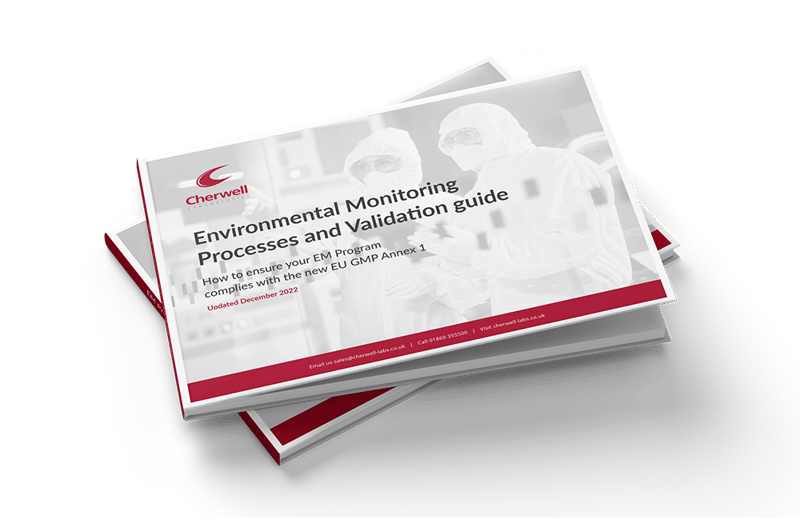Modern pharma manufacturing, quite rightly, focuses on minimising risks during the production processes. One of the main ways this is achieved, is through creating barriers between high risk activities, such as filling, and the surrounding environment, which is typically where operators will be. This barrier is a combination of physical barriers, for example Isolators or Restricted Access Barrier Systems (RABS), and the unidirectional movement of high volumes of HEPA filtered air, typically at 0.45m/sec and 20 air changes per hour.
It is these high volumes of air movement that stress the medium in a settle plate. The reason is that prepared media plates are comprised of 90-95% water, agar in the medium is the setting agent. The high volumes of air can lead to excessive desiccation of the medium during a 4-hour exposure time and this can manifest as either shrinkage and/or splitting of the agar.
The loss of moisture can have a significant impact on the ability of the plate to recover colony forming units as visible organisms, ultimately leading to false negatives in your EM data. Not a strong place to defend when faced with your regulator!
How to prevent EM plates splitting
So how can we prevent this happening? There are a number of solutions and they include:
- Adjust the media formulation
- Increase the fill volume
- Modify the sampling location
- Reduce the exposure time
Let us look at each option a little more closely.
Adjusting media formulation
One of the key benefits Cherwell can offer with our Redipor range is the ability to offer bespoke formulations. One of which is to supplement the medium with more agar, the setting agent. This improves the gel strength and in mild cases of desiccation can be enough to protect the plate, especially from splitting.
Increasing the fill volume
Another bespoke option, and one which we are seeing an increase in popularity, is to use a plate with a deeper fill. The standard fill for our 90mm Petri dishes is 18ml, but we also offer a deep fill option of 27ml which is popular where users are indeed monitoring in high air flow environments. An extra deep fill of 32ml, popular for high volume microbial air samplers, is also available.
Modify your sampling location
The siting of the settle plate is an important factor in developing an effective EM program. However, consideration should be given to how the plate will perform in that location, for example, placing a settle plate right next to the filter in a unidirectional air flow (UDAF) cabinet will almost certainly cause excessive dehydration. Moving the plate a distance away from the filter may reduce the likelihood of desiccation of the medium but without comprising the efficacy of the sample.
Reduce the exposure time
The much-discussed revision to GMP Annex 1 has resulted in the document page count tripling. Within the section on Environmental Monitoring, section 9.30, there is now clearer direction with regards to sampling time for settle plates:
“ Settle plates should be exposed in grade A and B areas for the duration of operations (including equipment set-up) and changed as required after a maximum of 4 hours (exposure time should be based on validation including recovery studies and it should not have any negative effect on the suitability of the media used).”
Reducing exposure time will need to be validated and of course may be the only pragmatic solution. However, it will require a detailed assessment of the risk associated with changing over plates versus maintaining coverage during the process.
Desiccation of the medium in a settle plate is not actually a new problem, however the likelihood of this happening is surely being exacerbated by the increased usage of Isolator and RABs technology in modern pharma. Cherwell’s Redipor range is uniquely placed to offer bespoke solutions and advice to help customers resolve these challenges.







